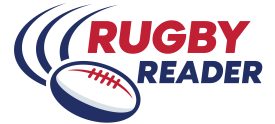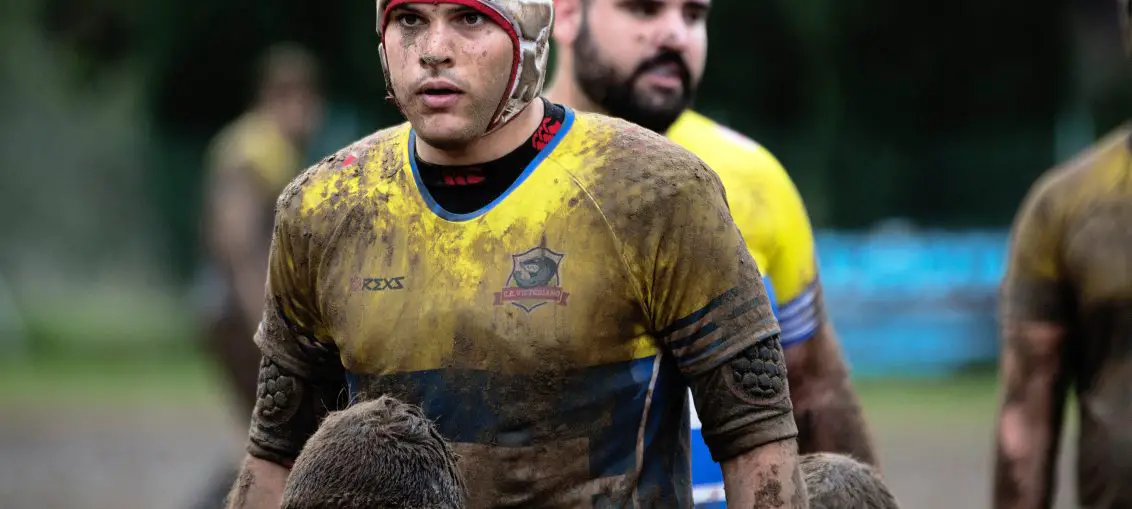
If you’re new to rugby, you may be wondering what the different positions are, and what each of those positions is responsible for. We got you covered. This article will list all the rugby position and explain what each one does. Plus we’ll talk about the hardest position and list some of the greatest players at each position.
In rugby, there are 15 players on the field for each team, each with a specific position and role to play. These positions are divided into two main groups: forwards and backs. Let’s start by looking at the basic positions in rugby. We’ll detail each of their roles later.
List of rugby positions
Forwards:
- Loosehead prop
- Hooker
- Tighthead prop
- Second row/lock
- Second row/lock
- Blindside flanker
- Openside flanker
- Number 8
Backs:
- Scrum-half
- Fly-half
- Left wing
- Inside centre
- Outside centre
- Right wing
- Fullback
Each position has specific responsibilities and roles in the game. We’ll get into that shortly. First, we’ll explain more about the two main categories of positions: forwards and backs.
Forwards vs Backs
Lets talk more about the two main groups: forwards and backs. The forwards are typically the larger, more physical players who do most of the work in the tight, physical areas of the game such as scrums and lineouts. They are often referred to as the “engine room” of the team, and are responsible for winning possession of the ball and driving it forward.
The backs are typically the smaller, faster and more agile players who operate in the open field. They are responsible for scoring tries, making breaks and setting up attacking moves. Backs are often referred to as the “creative” players of the team, and are responsible for playing an attacking style of rugby.
The distinction between forwards and backs is based on the traditional roles of the players on the field. In general, the forwards are responsible for the physical aspects of the game such as scrums, lineouts, and rucks, while the backs are responsible for the more open, creative aspects of the game such as attacking moves and scoring tries.
Jersey numbering system
Jersey numbers in rugby are typically assigned based on a player’s position on the field. Each position corresponds to a specific number, with the numbers ranging from 1 to 15. For example, the loosehead prop, hooker, and tighthead prop positions are typically assigned the numbers 1, 2, and 3, respectively. Similarly, the scrum-half and fly-half positions are usually assigned the numbers 9 and 10, respectively.
This numbering system allows players, coaches, and fans to quickly identify a player’s position on the field, and is often used as a shorthand for referring to different positions during games and training sessions.
Rugby Positions: Forwards
Let’s look at the eight positions that make up the forwards in rugby.
Loosehead Prop
Numbers 1-3 are called the “front row.” These are the heavier guys in the front of the scrum but they all do slightly different jobs.
Number 1 is called a Loosehead Prop, he is on the left hand side of the front row and doesn’t do as much scrummaging work as the number 3 as he’s loose from the rest of the front row. However, the modern day Loosehead Prop must be good around the whole field as he must be able to hit rucks and turn over the ball.
The best Loosehead Props: Ireland’s Cian Healy, Wales’ Rob Evans and South Africa’s Tendai Mtawarira.
Hooker
Number 2 is called the “Hooker” and his main job is to hook the ball in the scrum. When the Scrum Half (or number 9) feeds the ball into the scrum, the Hooker’s job is to retain possession of the ball by rolling or “hooking” the ball backwards with his feet. Hookers also have to throw the ball into the lineout which can be a huge task in itself with multiple lifters competing for the ball, he’ll want to get the ball to his player as quickly as possible.
World’s best Hookers: France’s Guilhem Guirado, Wales’ Ken Owens and Argentina’s Agustin Creevy.
Tighthead Prop
Some of the players in world rugby that have made the number 3 position (or Tighthead Prop) their own are Ireland’s Tadhg Furlong, Scotland’s WP Nel and New Zealand’s Owen Franks. The Tighthead Prop must do a lot of the scrummaging which is why these guys are the strongest guys in the team in most cases. They also have to do lots of work around the park therefore the modern day Tighthead Prop needs his fitness levels up.
Locks
Second Row’s (or “Locks”) are regarded as the work horses of Rugby Union. These guys have either number 4 or 5 on their jerseys but both numbers mean the same thing. Second Row’s do an insane amount of work as they hit rucks, mauls and usually are the top tacklers for their sides. They’re usually over 6 foot 5 inches which make them perfect for being lifted in the lineouts.
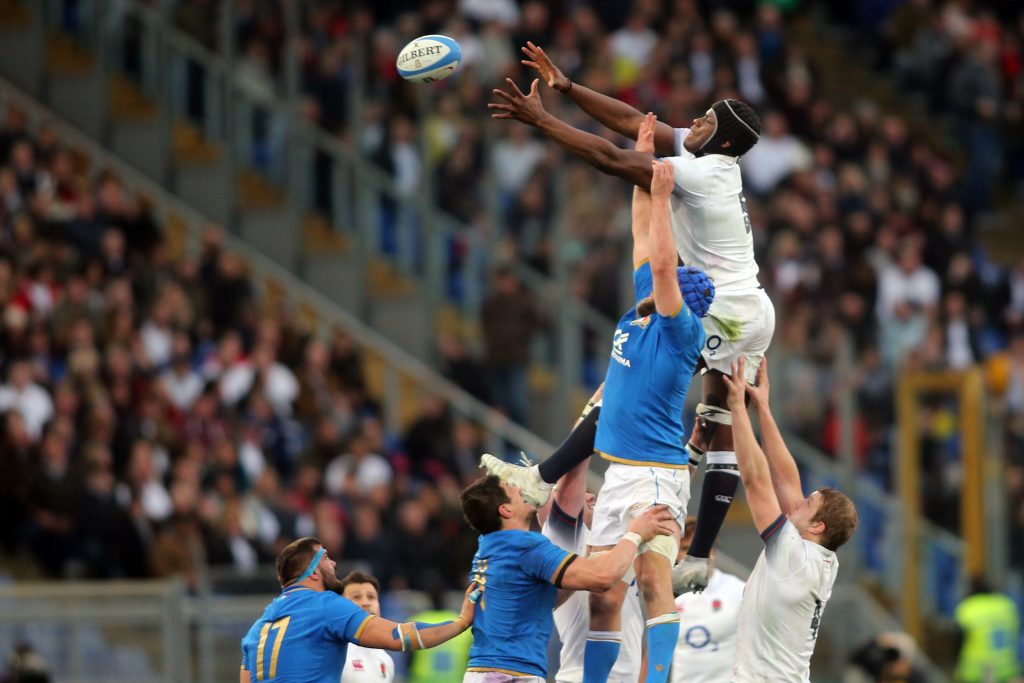
Worlds’ Best in the Second Row: Wales’ Alun Wyn Jones, New Zealand’s Brodie Retallick and England’s Maro Itoje.
Blindside Flanker
The Back Row is consisted of three main positions. Blindside Flanker (6), Openside Flanker (7), and Number 8 (yep, you guessed it, 8) and these guys have completely different builds and do completely different jobs.
A Blindside Flanker is always on the side of the scrum that is closest to the touchline, his job is mainly to tackle low so that the Openside Flanker can do his job in the next phase of play.
The best Blindside Flankers: Ireland’s Peter O’Mahony, Wales’ Ross Moriarty and New Zealand’s Jerome Kaino.
Openside Flanker
Openside Flankers, however, do a different job. They’re positioned on the side of the scrum that is furthest away from the touchline and his main job is to give the Fly Half (10) a handful. He also has to reach every ruck, but instead of rucking, he usually goes straight for the ball which is something called a jackle.
Some of the best Openside Flankers: Wales’ Justin Tipuric, Ireland’s Sean O’Brien and Australia’s Michael Hooper.
Number 8
Number 8’s have to be good natural footballers, their job is to keep the ball safe at the back of the scrum if it’s moving forward. If the ball spills out of the back, then the scrum is over and puts the team under huge amounts of pressure. When the ball is at the Number 8’s feet, he can either decide to pick the ball up and run, leave it for the Scrum Half (number 9) or keep the ball there and keep moving forwards.
Great Number 8’s: Wales’ Taulupe Faletau, Italy’s Sergio Parisse and New Zealand’s Kieran Read.
Rugby Positions: Backs
These are the positions that make up the backs. Remember, the backs are typically smaller, faster players that handle the ball the most.
Scrum Half
Scrum Halves (number 9’s) are supposed to be the best passers of the ball, they’re at every ruck, ready to pass the ball to the Fly Half (number 10) and keep the play alive. They also feed the ball into every scrum and then pass the ball from the back of the scrum. The Scrum Halves dictate the tempo of the play and usually tell the forwards what to do, they also have to be good kickers of the ball if the Fly Half is unavailable.
Best Scrum Halves: South Africa’s Faf de Klerk, Ireland’s Conor Murray and New Zealand’s Aaron Smith
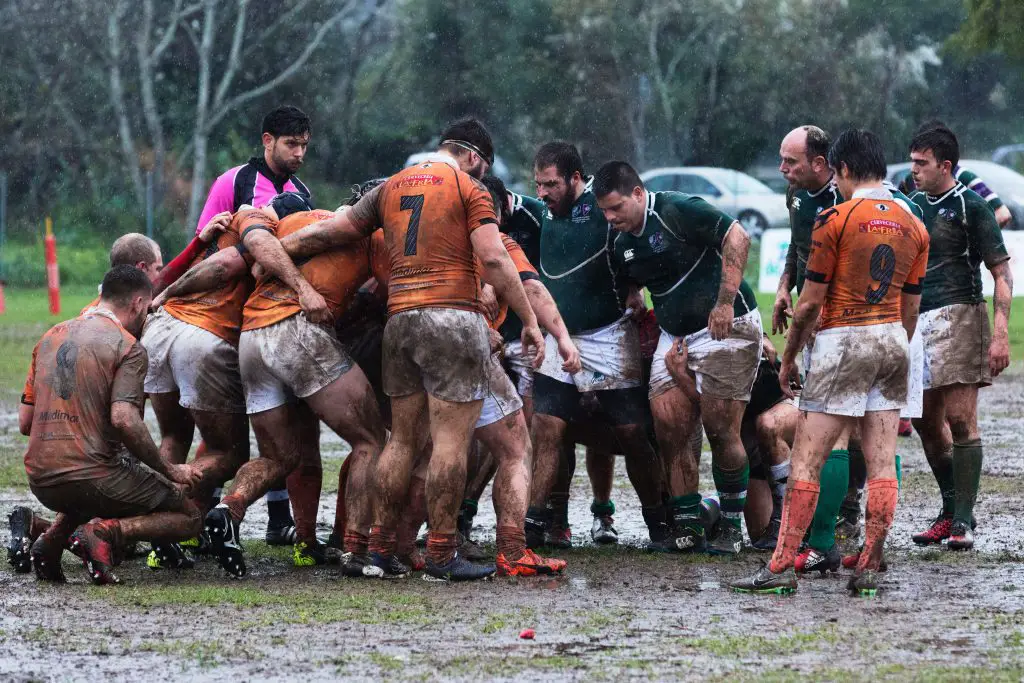
Fly Half
Fly Half is widely considered the most important rugby position. They decide where the ball goes and what they have to do with it. All moves go through the Fly Half and he can either pass or kick the ball from this position. Fly Halves are usually the players that kick penalties and conversions and are usually very skilled at place kicking and tactical kicking. There are different types of Fly Halves with some being more defensive and others being more tactically skilled.
Great defensive Fly Halves: Wales’ Dan Biggar and England’s Owen Farrell
The best tactically skilled Fly Halves: New Zealand’s Beauden Barrett and Ireland’s Jonathan Sexton.
Center
Moving from 10 straight to the Center’s which are number 12 and 13’s. Inside Center’s (number 12) and Outside Center’s (13) both to different jobs with Inside Center’s usually stronger and run harder lines whereas Outside Center’s are usually quicker and more skilled with the ball in hand.
There are different types of Inside Center’s and they can be used in many different ways. Some teams put another Fly Half at Inside Center so that they can have a double pivot (such as England who put George Ford at 12.)
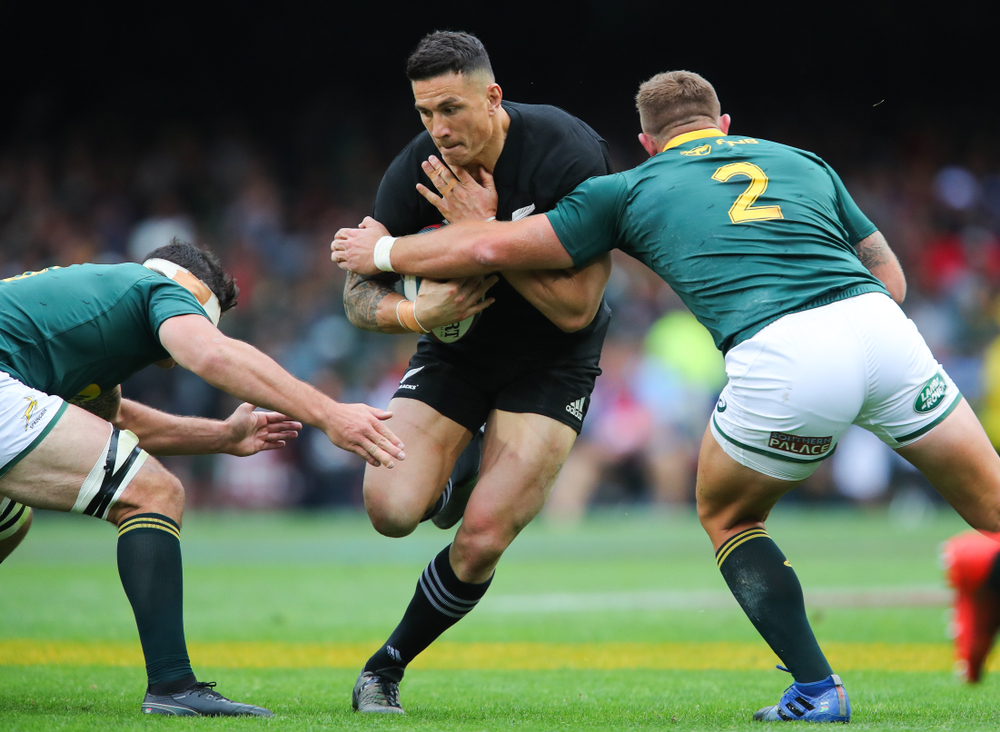
Some of the best Center’s: New Zealand’s Sonny Bill Williams, Wales’ Jonathan Davies and Australia’s Tevita Kuridrani.
Wingers
You may have noticed that we skipped number 11, Winger’s have the numbers 11 and 14 as there isn’t much difference in either position. Winger’s hug the touchline and wait for an opportunity for the ball to come to them. Either the Outside Center will set them up and pass the ball to them, or the Fly Half will kick the ball across the field in the hope that the Winger can catch it and score.
Some of the best Wingers in the world are fast and can catch high balls. These Wingers are worth their weight in gold as they’re very hard to come by. Many Wingers are also solid defensively and this can be a great asset to a side especially if they rely on their defense to win them games.
World class Wingers: Wales’ George North, Fiji’s Nemani Nadolo and New Zealand’s Waisake Naholo.
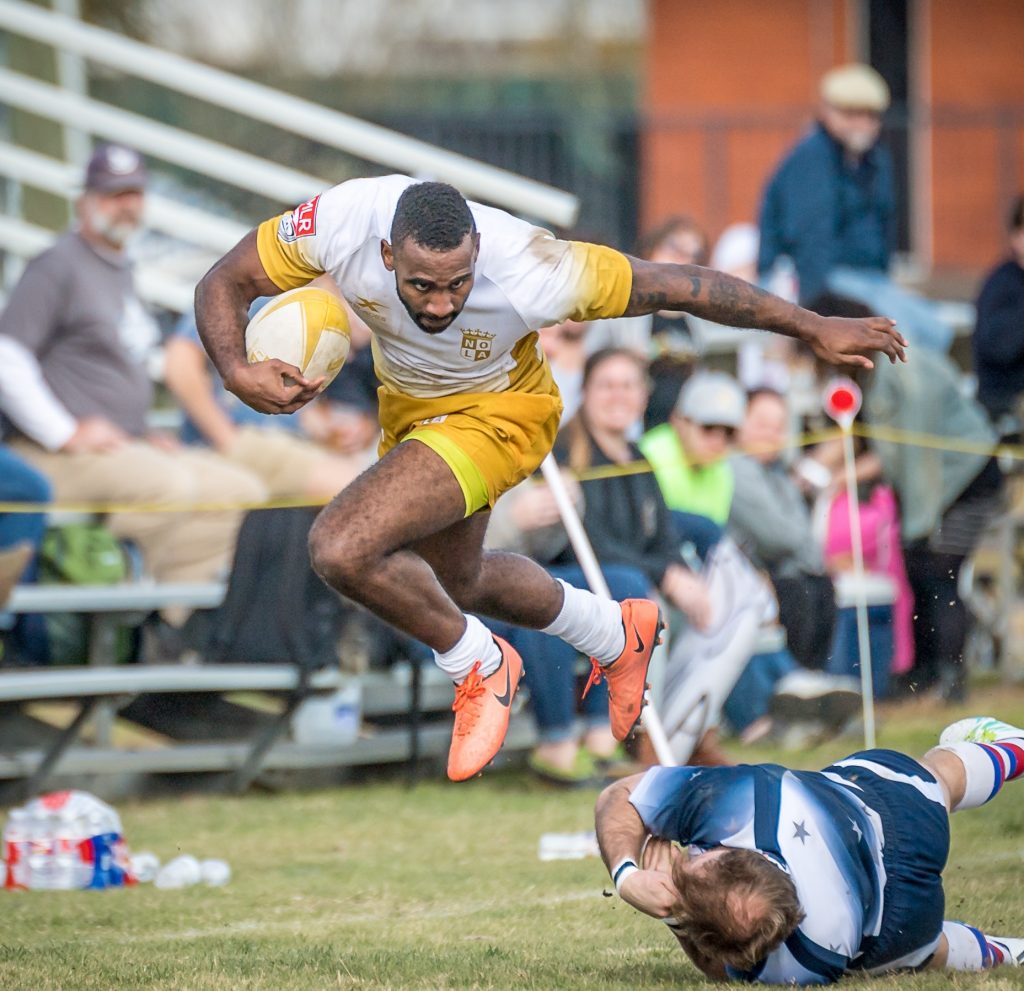
Fullback
Fullback is a lonely place at times, the Fullback (number 15) stays behind the defensive line waiting for either a kick to come to them or a line break. If either of these things happen, the pressure is on the fullback to either catch the ball and start an attack or he must make a tackle. Many Fullbacks are fast and very good under the high ball, many can also kick extremely well if they cant find a gap to restart an attack.
Some Fullbacks even kick for their team, many Fullbacks are naturally gifted at long distance kicking and therefore are given the responsibility of taking penalty kicks from 50 meters, or even 64 meters (70 yards) if you’re Paul Thorburn.
Big name Fullbacks: Wales’ Leigh Halfpenny, New Zealand’s Israel Dagg and Scotland’s Stuart Hogg.
See a complete list of the best players to play each rugby position.
What positions are the hardest?
This is a tough question. We actually have a whole article exploring the hardest position on a rugby team.
While every position in rugby requires a high level of physical and mental toughness, some positions are widely considered to be the hardest on the field. Forwards such as the props, hookers, and locks face the grueling task of scrummaging against the opposition, which requires an enormous amount of strength, endurance, and technique.
Flankers are tasked with making countless tackles, competing at the breakdown, and stealing possession, all while being subjected to some of the most brutal collisions on the field. The scrum-half and fly-half positions require not only a high level of skill but also exceptional mental fortitude, as they are responsible for making crucial decisions under intense pressure.
Comparing rugby positions to positions in American football
There are many differences between rugby and American football positions. But if you’re familiar with American football, this comparison can help give a general understanding of the different roles and responsibilities of rugby players.
Rugby forwards, including props, hookers, and locks, are similar to offensive and defensive linemen in American football. They are typically larger, more physical players who are responsible for winning possession of the ball and gaining ground through brute force.
On the other hand, rugby backs, including fly-halves, centers, wings, and fullbacks, are similar to “skill” positions in American football, such as wide receivers, running backs, and quarterbacks. They are typically faster, more agile players who rely on speed and quick thinking to outmaneuver their opponents and score points.
Wrapping up
In conclusion, rugby is a sport that requires a diverse set of skills and attributes from its players, and each position on the field has a unique role to play. From the power of the forwards to the agility of the backs, each position requires a specific set of physical and mental abilities.
Understanding the roles and responsibilities of each position is crucial for players looking to develop their skills and for fans looking to deepen their appreciation for the sport.
